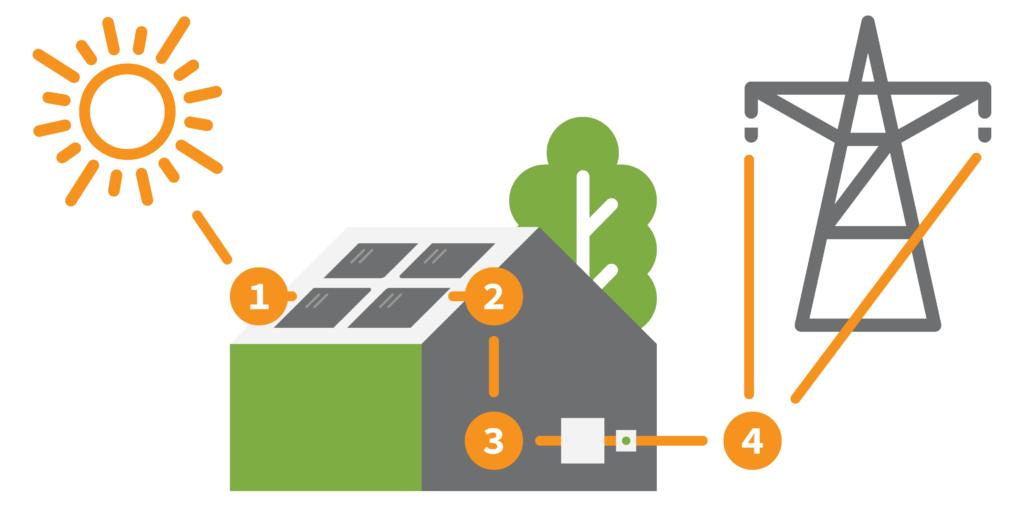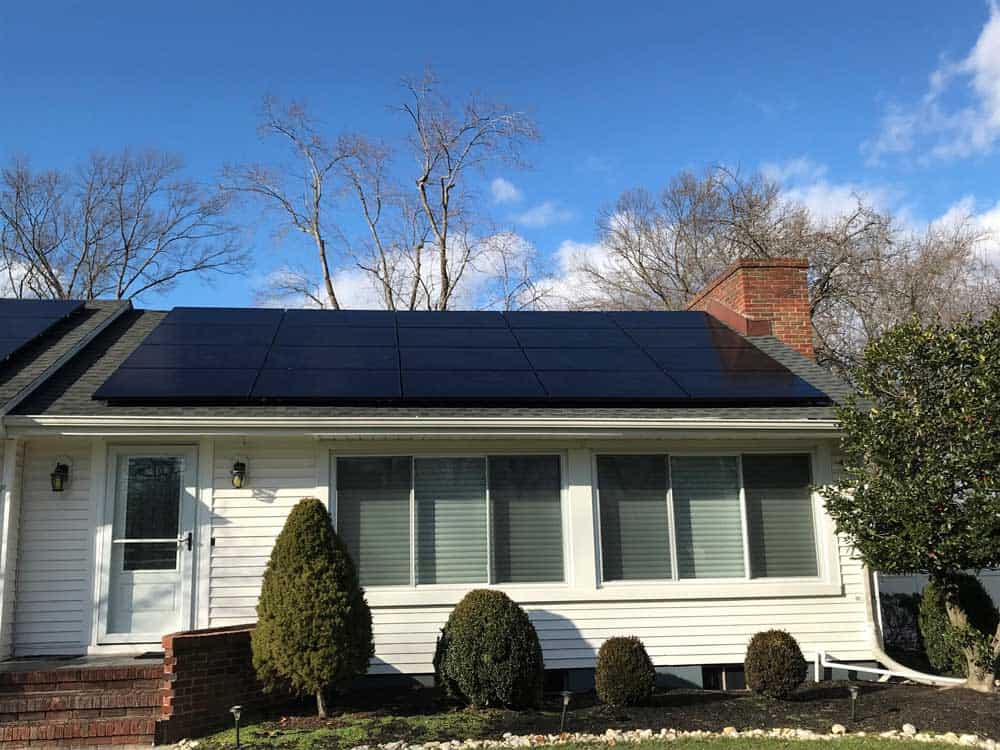Solar 101 – How Solar Works
When the sun is shining, electricity travels from the panels through wires into a piece of equipment called an “inverter”. The inverter converts the DC electricity produced by the panels into the type of power your house uses (called Alternating Current, or AC). After the inverter converts the electricity , it then travels through a dedicated wire into your home’s electrical panel. From that point, all unused electricity generated by your solar panels travels back through the power lines and into the utility company’s power grid.

Did You Know?
In a single hour, the amount of power from the sun that strikes the Earth is more than the entire world consumes in a year?
The quality and efficiency of the materials used in solar systems has improved in recent years, but solar energy systems still use the same basic process where Photovoltaic (PV) cells convert sunlight into Direct Current (DC) electricity.
Solar panels are the most obvious part of the system. They sit on your roof and collect the unlimited energy supplied by the sun every day.
The meter is what measures your electricity usage. When using solar energy your meter will frequently run “backwards” as you sell your excess electricity back to the local utility company.
The power lines and the whole huge system which supplies electricity to your entire region. Your home is still connected to the grid for times when your home needs electricity that you are not currently producing (mostly at night).
Is My House A Good Candidate For Solar?

There are 3 main factors that determine whether your home is a good candidate for solar energy in New Jersey:
- Does it get a good amount of direct sunlight (not overly obstructed by shade)?
- What is the orientation of the roof (technically “Azimuth” but means North, South, East, West)?
- Roof condition, shape, and size.
Direct Sunlight
The sunlight has to make it to the solar panels in order for them to work. If the roof of your house gets a lot of direct sunlight during the day, then you may be an ideal candidate for solar. Having a shaded or obstructed roof however, doesn’t necessarily mean that you can’t go solar, as there are several ways to overcome the challenges of shade.
- Power Optimizers or Micro Inverters can improve a system’s performance. This technology allows each panel to work independently, ensuring that each panel produces as much electricity as it can when it receives sunlight. When one panel is shaded, its output goes down, but the rest of the system is unaffected. This is particularly effective to overcome the impact of tall trees in a nearby neighbor’s yard.
- A simple tree trimming may be all it takes. Ad Energy has relationships with several licensed tree services, and we work with homeowner’s all the time to coordinate the tree work necessary to enable them to go solar, and that includes the cost of the work itself.


Orientation Of Your Roof
For solar energy systems to be the most efficient in New Jersey, it’s ideal for solar panels to face south. East and west-facing roofs may not get as much direct sunlight as those that face south, but quite often, it’s still plenty to produce all the electricity your home will need. In New Jersey, a home with panels that face east or west would get about 80% of the efficiency that a house with south-facing panels would, so even if it’s not a “perfect” alignment, a few additional panels may be all that’s needed to achieve the results you want, and the savings would still be quite substantial.
Roof Condition, Shape, and Size
Once installed, a solar system can function efficiently for over 30 years, so you’ll want your roof to be in good shape before you have solar installed. If your roof is in poor condition or is getting old, it may be necessary to replace your roof before adding solar panels. If that is your situation, you may be in luck! If you include the roof replacement as part of the solar project, the savings can help to offset the cost, it’s like getting a new roof with solar!
Roof shapes vary considerably on different house styles. The ideal roof shape for solar in New Jersey is a simple rectangle-shaped “gable” roof, where as many panels as needed can be installed without any concerns about space. Solar can also work fine with other roof shapes even those with many dormers or valleys, it just makes it a little more difficult to configure or fit the proper number of solar panels on the roof to meet the energy needs of the home.
At Ad Energy we pride ourselves on making the most out of every opportunity we can for our customers. So if you’ve already been told by another solar company that your house isn’t “good” for solar, let us take a look, we often deliver in many situations where other companies couldn’t.



